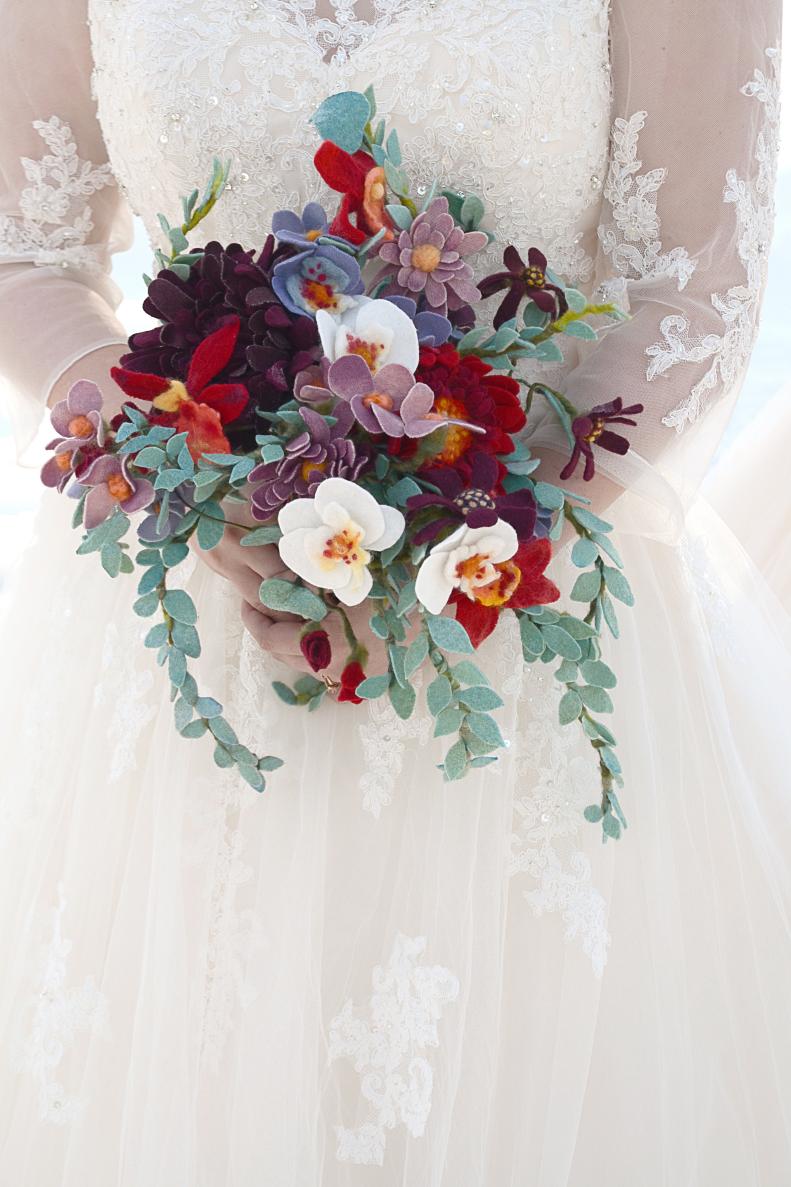1 / 29
Felted Bridal Bouquet
A hand-crafted, felt wedding bouquet is a beautiful way to create flowers that will last a lifetime. You can choose your own flowers, your own colors, and your own arrangement to create a unique bouquet that will be treasured for years to come. Click through this gallery for a detailed how-to and get inspired to create your own.









